5 Reasons Freddy Krueger of ‘A Nightmare on Elm Street’ Remains the Most Effective Slasher
From his personality to his powers, his wit to his cruel nature, Freddy Krueger is the most effective slasher villain. Here’s why.
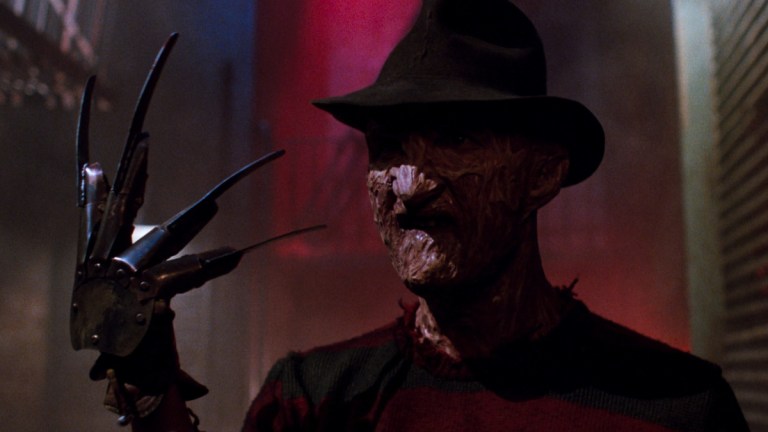
One. Two. Freddy’s coming for you. Three. Four. Better lock your door. Or so the infamous jingle goes, reverberating in our inner ears as a visual of innocent children jumping rope flashes across our minds. The tune remains almost as famous as the sweater-wearing slasher it’s associated with — Freddy Krueger. Oh, Freddy, do we love and fear you so, with your wicked sense of humor and disturbed penchant for the perverted. A maniacal murderer like no other, Freddy remains one of the most venerated movie monsters of all time.
Table of Contents
The 1984 franchise-catalyzing film A Nightmare on Elm Street introduced Robert Englund’s nightmare-lurking assassin, who tortures and kills his victims in the dreamscape. The film went on to spur many successful sequels and even an ill-fated 2010 reboot with Jackie Earle Haley in the title role. But what about Freddy makes him the supreme slasher? What about Freddy remains so effective — decades following his inception?
1. Freddy Krueger is an Intangible Entity

Unlike many serial slashers — Ghostface, Michael Meyers, Leatherface, Hannibal, Jigsaw, Chucky, and so on forevermore — Freddy Kreuger cannot be physically captured. He’s not hiding out in some dastardly dungeon or rotting away in an under-protected prison cell (waiting to escape).
Freddy exists in the unconscious mind. He traipses around the dream realm. Untouchable. Inaccessible to authorities. Impermeable to our weaponry. There have been instances in which Freddy is dragged from the dreamscape into the mortal realm, but they remain relatively rare and some would argue even non-canonical.
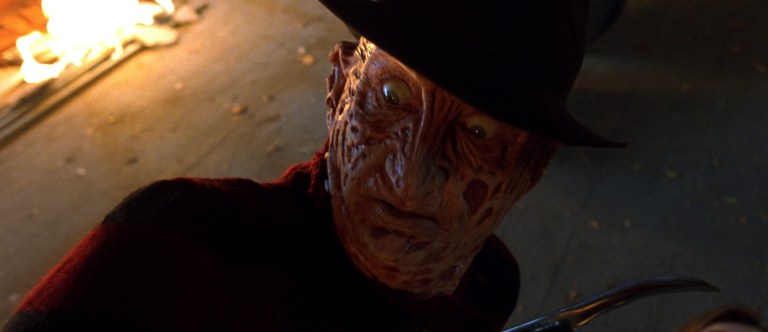
Freddy’s otherworldly existence is the most ingenious aspect of his creation — and the most unique piece to his characterization. He kills you from the inside out. In a way, the victim is his own destroyer. His brain: a host to the parasite that is Freddy. And, as studies suggest, the more your mind fixates on something, the more likely it is to pop up in your dreams. Freddy retains so much power because his victims’ minds turn on them, allowing him permanent entry. Freddy’s fuel is fear, and fear lingers — passed along from one generation to the next like an unwanted keepsake.
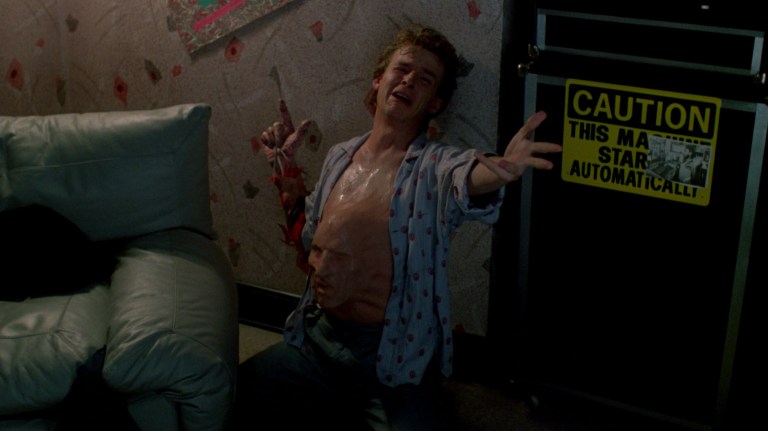
Shockingly enough, horror auteur and creator Wes Craven did not simply conceive of the idea from nowhere; he was inspired by a real-life death. Craven told Vulture:
I’d read an article in the L.A. Times about a family who had escaped the Killing Fields in Cambodia and managed to get to the U.S. Things were fine, and then suddenly the young son was having very disturbing nightmares. He told his parents he was afraid that if he slept, the thing chasing him would get him, so he tried to stay awake for days at a time. When he finally fell asleep, his parents thought this crisis was over. Then they heard screams in the middle of the night. By the time they got to him, he was dead. He died in the middle of a nightmare.
Wes Craven
This singular story became the “central line for A Nightmare on Elm Street,” as Craven details. And as a result, horror enthusiasts everywhere got to bear witness to a killer whose mere existence is undefinable — whose terror is confined to a place that largely defies our control, introducing the next point.
2. Freddy Warps Reality to his Will (well, the reality that matters)

If physics is the supreme power by which the natural world operates, Freddy is the supreme power by which the dreamscape operates in A Nightmare on Elm Street. Whether transforming his own appearance, manifesting items out of thin air, or animating objects, Freddy has complete control over the dream realm.
He can deconstruct walls or suck you into a television. He can split your body open and emerge from within — shedding your crumbling corpse as naturally as a snake sheds its dead skin. Freddy’s power is limitless. You have a sword? He could make it a pool noodle. The question is: how do you defeat a monster who controls reality?

How do you defeat a supernatural being who decides how the world works? His victims don’t have authority over their own bodies or their surroundings. They are at once victims and bystanders. They feel the pain of their demise, yet bear witness to it like trapped onlookers. With minimal-to-no capacity to fight back — other than to overcome their fear — they are lifeless before the kill commences.
3. Freddy is the Ultimate Psychological Tormenter

Throughout the years, horror enthusiasts have seen their fair share of killer tropes. From the silent stalker type and the apathetic assassin to the batshit butcher, there exists a common thread among these personas that Freddy defies. These portrayals align with our preconceived notions of what evil is. Evil is dark. Misunderstood. Mysterious. Brooding. Yet, Freddy arguably possesses none of the common villain identifiers (aside from the actual, well, killing).
Freddy is not dark and discreet or mysterious and misconstrued. Freddy Krueger remains an enigma — a blend of campy and crazy, scary and sardonic.
Freddy’s characterization perfectly blends humor and violence. He gets off on (erotic connotation intended) tormenting his victims before the kill. He enjoys conceiving the most unpredictable ways to murder; he treats his killing like an art form — an absurdist delicacy for the most unwell of minds. The murder itself is only part of the fun. Think about some of Freddy’s memorable verbal torments:

- “Did you know that after the heart stops beating, the brain keeps functioning for well over seven minutes? We got six more minutes to play.” – A Nightmare on Elm Street (2010)
- “Who’s next? You?” [points to the left] “Or maybe you?” [points to the right] “Or how about, one of YOU?” [points at the screen]. – Freddy’s Nightmares Ep. 1 (1988)
- Note: Breaking the fourth wall is inherently a tongue-in-cheek technique customary of comedic productions. In using this effect, A Nightmare on Elm Street underscores the playful nature that defines Freddy’s murderous inclinations, as opposed to pure rage.
- “Your eyes say ‘no, no,’ But MY mouth says ‘yes, yes’.” – Freddy vs. Jason (2003)
- “Hey, Danny! Better NOT dream and drive!” – A Nightmare on Elm Street 5: The Dream Child (1989)
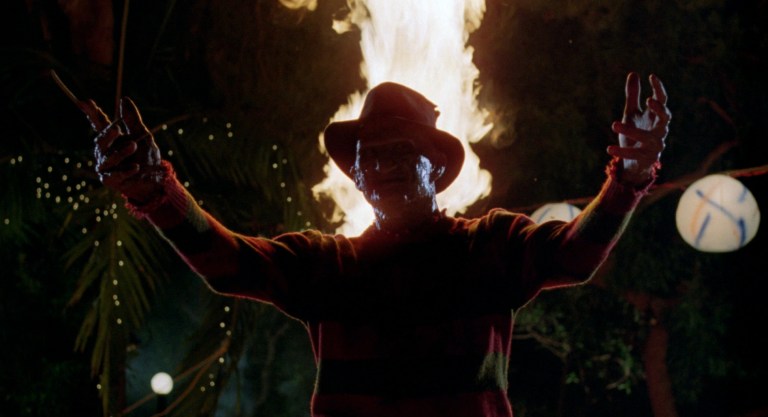
Freddy’s mix of verbal comedy and physical brutality hints at the depth of his insanity, leaving his actions throughout the franchise unpredictable. He may tease you. He may lead you to believe he will spare you. He may even flirt with you a little before the kill.
He’s an eroticized, quip-cracking murderer with a devilish smirk and darting eyes. He leaves all of Elm Street wondering (and viewers at home): does he want to make love to his victims, befriend them, kill them, or, maybe the jackpot answer: all of the above?
4. Freddy’s Backstory is Simple yet Effective

What is a villain without a blood-curdling backstory? When Freddy was alive, he was a child murderer who managed to evade prison. However, the local townspeople were not satisfied with this heinous man roaming the streets, and they took matters into their own hands. A town mob tracked Freddy down, discovered the boiler room where he took his victims, and burned him alive in the very place he performed his abominable crimes.
What’s unique about Freddy is that he was never really “good” (depending on what you consider canonical, as Freddy’s narrative has switched hands several times throughout history). Freddy was always a killer, and when he faced punishment for his crimes, he grew vengeful (despite arguably deserving his earthly demise). He becomes a dream demon (how this happens remains a muddled mess) and kills the children of the parents who burned him alive — descendant after descendant until no one is left.
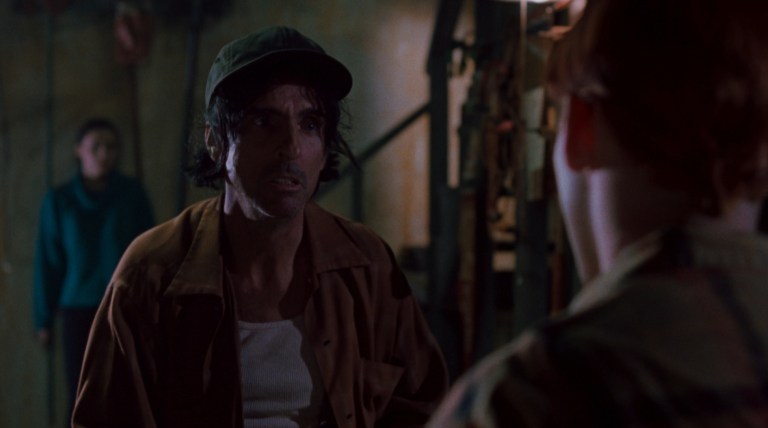
In Freddy’s Dead: The Final Nightmare, it is revealed that an alcoholic adopted and abused Freddy until Freddy murdered him as a teenager. However, up until this film, Freddy’s motivation remained groundless (and arguably more unnerving). What is more disturbing than a murderer without motive —than a psychologically fractured man who never had a reason to “crack?”
The abusive father plotline provides a basis — however trite and tired as it may be — for Freddy’s turn to the wicked. However, the five movies preceding this installment left Freddy an undiagnosable anomaly — and he was better off for it when it came to his distinction.
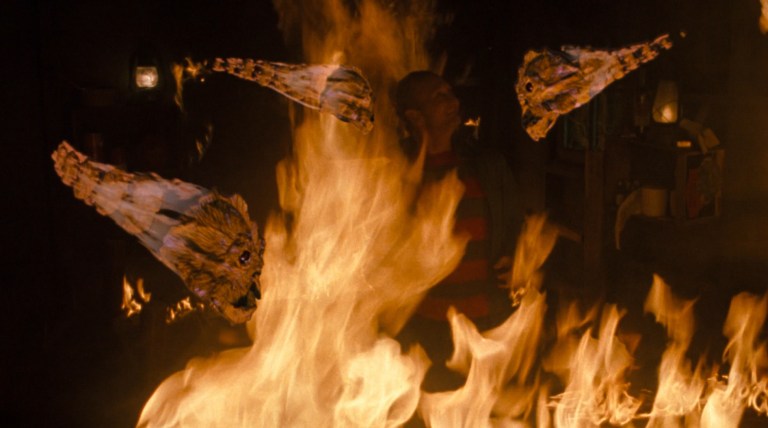
Yet, if you are the type who yearns for narrative justification — the oh-so-human satisfaction of black-and-white causality — one could argue he became a child killer as a result of his own childhood. He came to mirror the very abuse he faced, yet took it one step further. Freddy became an enactor of the very violence he faced at his father’s hand. And, with each kill, he tried to redefine a past that was set in stone. He sought revenge on those who killed him, yet also retribution for the defenseless child he once was. (However, this feels a little too “Hallmarky” for the Freddy franchise).
5. Freddy’s Appearance Transcends Horror Culture
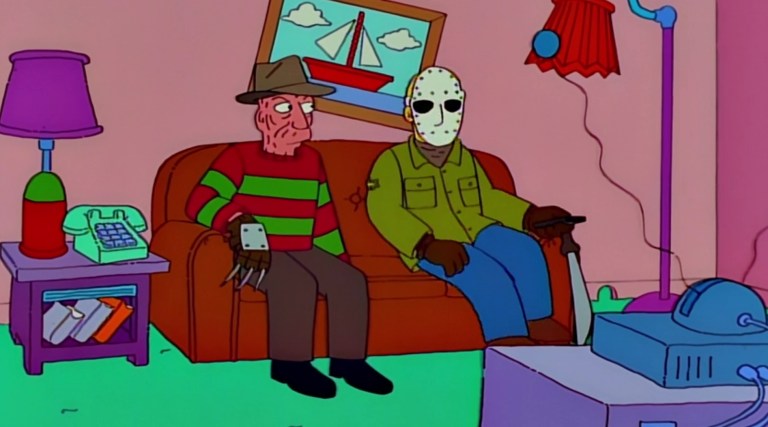
Whether you dress up as “Sexy Freddy” on Halloween or sport a more sinister ensemble, every costume will boast the green and red striped sweater with scattered tears, as well as the infamous knife-adorned glove.
Freddy’s appearance has become a part of mainstream culture, and no one can ever sport a Christmas-colored striped sweater again without hearing a Krueger wisecrack. Can you even buy one at the store outside of the Halloween season?
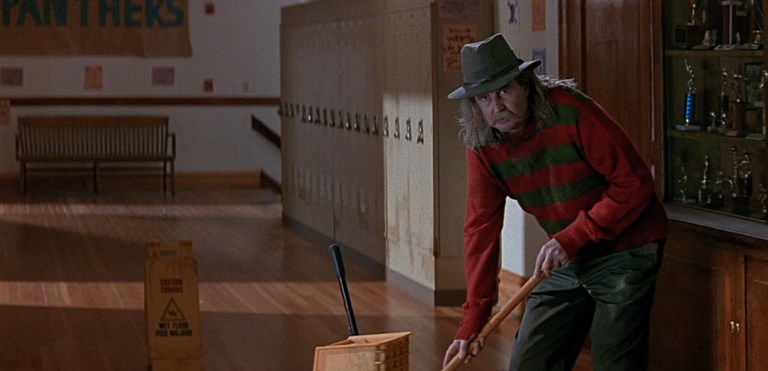
Freddy’s look is simple yet bold in color; thus it is “sticky.” It remains nestled in the corners of our minds without much exposure. And though you don’t need the burned face for a recognizable costume, it is part of what makes Freddy so haunting. Unlike many killers who hide behind a mask, he does not conceal his identity. Freddy is proud to be the scorched smile of your nightmares.
